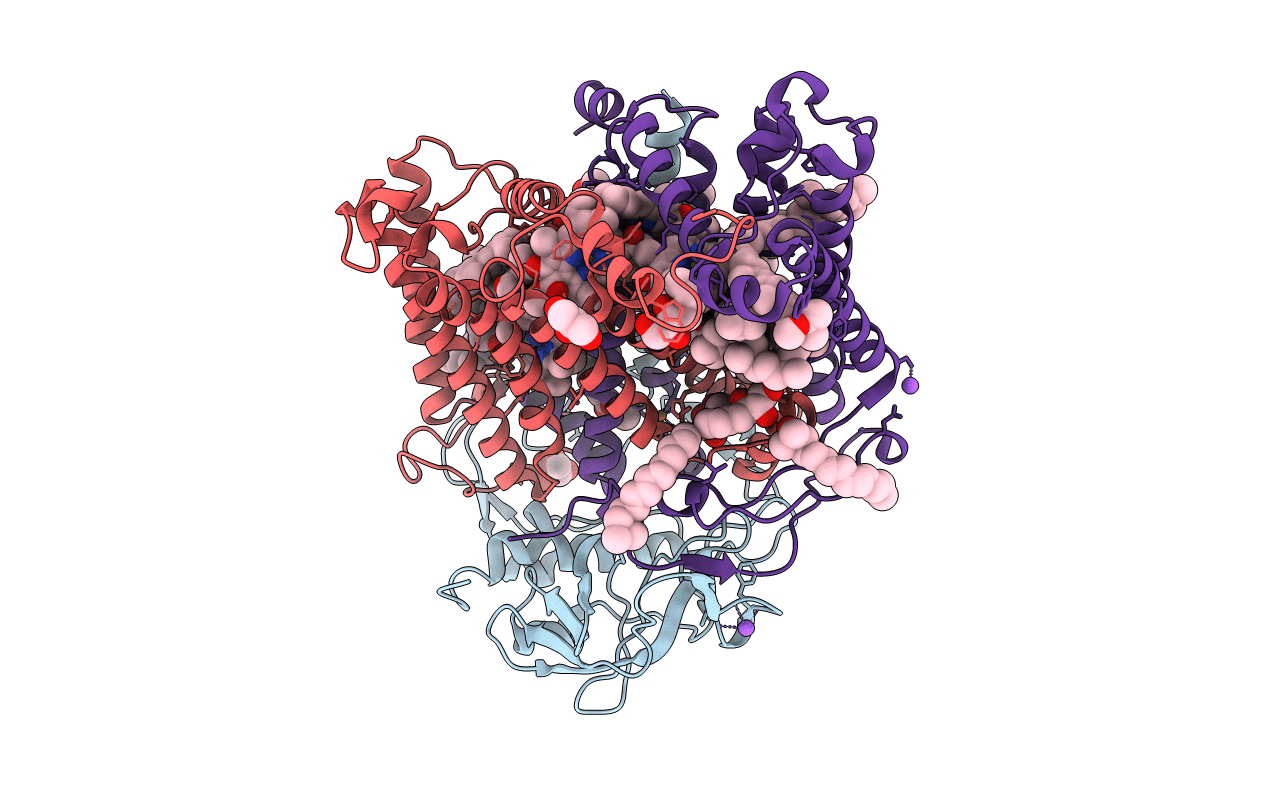
Deposition Date
2009-11-02
Release Date
2010-02-09
Last Version Date
2023-12-20
Entry Detail
PDB ID:
2WX5
Keywords:
Title:
Hexa-coordination of a bacteriochlorophyll cofactor in the Rhodobacter sphaeroides reaction centre
Biological Source:
Source Organism:
RHODOBACTER SPHAEROIDES (Taxon ID: 1063)
Host Organism:
Method Details:
Experimental Method:
Resolution:
2.63 Å
R-Value Free:
0.27
R-Value Work:
0.23
R-Value Observed:
0.23
Space Group:
P 31 2 1


